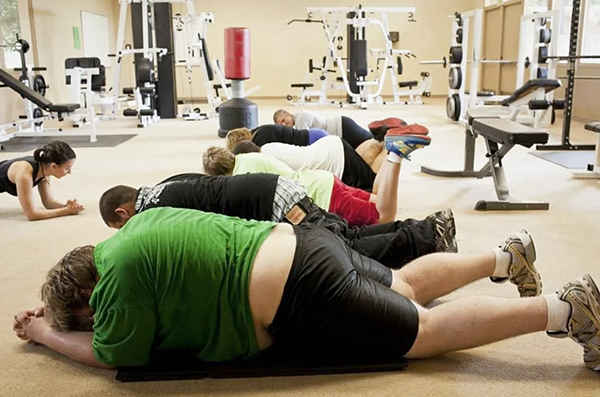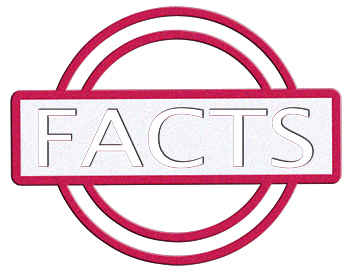Why do exercise needs vary between individuals?

Biological Factors
Biological Factors: Genetics play a significant role in shaping metabolism, muscle fiber composition, and how individuals respond to exercise. For instance, certain genetic variations may predispose some people to develop higher muscle mass, while others may have genes that increase their tendency to store fat.
Body Composition: Variances in body composition, including muscle mass, fat distribution, and bone density, affect exercise needs. Example: Someone with higher muscle mass may require more resistance training to maintain muscle tone compared to someone with lower muscle mass.
Metabolic Rate: Varied metabolic rates impact energy expenditure during physical activity. Example: Individuals with a faster metabolism may burn more calories during the same exercise session compared to those with a slower metabolism.
Lifestyle Factors
Activity Level: Differences in daily activity levels influence exercise requirements. Example: Someone with a sedentary job may need more structured exercise to meet recommended activity levels than someone with a physically demanding job.
Occupation: The nature of one’s occupation can impact exercise needs. Example: Individuals in physically demanding professions may already meet some exercise requirements through their daily work activities.
Age: Exercise needs change with age due to alterations in metabolism, muscle mass, and overall health. Example: Older adults may benefit from more low-impact exercises to reduce the risk of injury and maintain mobility.
Health Considerations
Medical Conditions: Pre-existing medical conditions influence the type and intensity of exercise suitable for an individual. Example: Someone with arthritis may need to focus on low-impact exercises to reduce joint stress.
Injury History: Past injuries can impact exercise capabilities and requirements. Example: Individuals with a history of knee injuries may need alternative exercises to running, swimming or cycling.
Fitness Goals: Varied fitness goals, weight loss, muscle gain, or cardiovascular health, dictate exercise regimens. Example: Someone aiming for muscle gain may prioritize strength training over cardiovascular exercises.
Facts

A study published in the journal PLOS Genetics found that genetics can influence exercise participation, with some people naturally inclined to enjoy physical activity more than others due to genetic predispositions.
Research suggests that individuals with certain genetic variations may respond differently to specific types of exercise. For example, some people may experience greater improvements in cardiovascular health from aerobic exercise, while others may see more significant gains in muscle strength from resistance training.
According to the American Council on Exercise, individuals with higher levels of physical fitness tend to have a lower risk of developing chronic diseases heart disease, type 2 diabetes, and certain types of cancer.
This underscores the importance of tailoring exercise routines to individual needs and capabilities.












